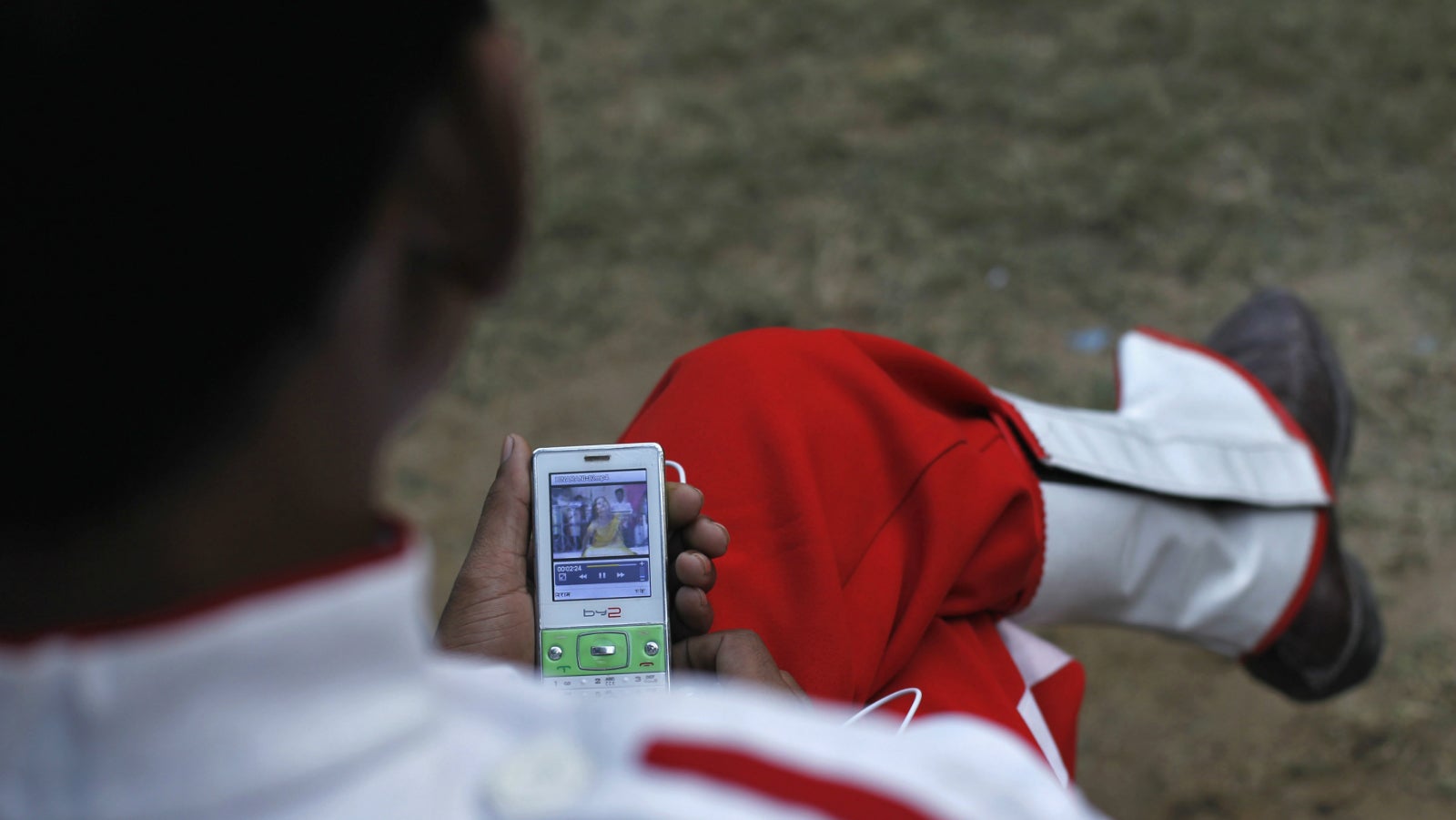India’s got 4G everywhere. So why’s video streaming rubbish?
The infrastructure for high-speed wireless internet in India has improved drastically, but that does not mean users are enjoying a great experience.


The infrastructure for high-speed wireless internet in India has improved drastically, but that does not mean users are enjoying a great experience.
A recent study has found that there is no correlation between the availability of 4G internet and mobile video experience.
“4G availability experienced by smartphone users ranges from 82.6% in the Kerala region to an impressive 90.9% in Kolkata, demonstrating that most of the time smartphone users are connected to 4G networks,” said a study by OpenSignal, a UK-based company that analyses cellular coverage across the world. “But a great mobile video experience does not correlate with the high 4G availability.”
The study, whose results were published on Oct. 11, mapped LTE coverage rates and mobile video experience scores in all 22 of India’s telecom service areas. LTE, or long-term evolution, is a standard for high-speed wireless communication for mobile devices.
OpenSignal graded the quality of video-streaming on a scale of 100 using proprietary testing methods. Scores between 0 and 40 denoted “poor” performance, 40-55 was “fair,” and 55-65, 65-75, and 75-100 judged “good,” “very good,” and “excellent,” respectively.
The state with the best video experience, in fact, was Jammu & Kashmir (44.23), despite having one of the lowest rankings in LTE availability.
The study attributed the high coverage rates across the country, in part, to the disruptive effect of Mukesh Ambani’s Reliance Jio. Launched in 2016, Jio has rapidly expanded its customer base in India to around 200 million people, offering dirt-cheap, sometimes even free, data packages.
“But the experience hasn’t improved,” said Subrat Kar, co-founder and CEO of video intelligence platform Vidooly, which tracks YouTube viewer data.
Addressing the gap
While LTE availability is important for video experience, other factors are also key, particularly the condition of infrastructure such as cell towers, the links that transport video traffic, and servers where an original video is hosted.
Consistency is another crucial factor. For example, “if the network suffers interruptions, or congestion, then the video stream will stall and damage the mobile video experience for consumers,” the study says.
Telecom firms could reduce congestion by first identifying key areas with high density of mobile users and then trying to “optimise the towers and the connectivity within that region,” Vidooly’s Kar said.